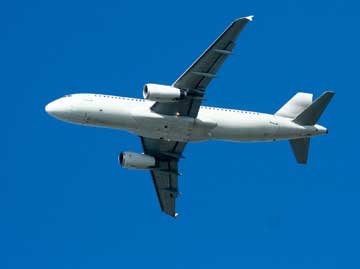
An Airbus A320-232 descended below two minimum safe altitudes.
The ATSB reminds operators and flight crew of the vital importance of continuous attention to active and armed auto-flight system modes. This reminder comes after an incident which occurred on 16 July 2012 as an Airbus A320-232, operated by Jetstar Airways, was arriving at Queenstown International Airport, New Zealand.
The aircraft was conducting an instrument approach to runway 05 using the aircraft auto-flight system. The approach consisted of a series of progressively lower steps that signified the minimum safe altitude for each segment of the procedure.
The crew intended to select an auto-flight system mode during descent that would have ensured compliance with procedure minimum safe altitudes, but overlooked that selection. As a result, the aircraft continued descent in an unintended mode that did not prevent infringement of minimum safe altitudes. The aircraft consequently descended beneath the minimum safe altitude of two segments of the approach procedure. Upon recognising the descent profile problem, the crew climbed the aircraft to intercept the correct path and continued the approach to land safely.
The ATSB found that the crew were not strictly adhering to the operator’s sterile flight deck procedures...
Although the aircraft was below the minimum safe altitude during two segments of the approach, a collision with terrain was never likely given the fine and clear in-flight conditions. No Ground Proximity Warning System alerts were generated during the incident.
The ATSB found that the crew were not strictly adhering to the operator’s sterile flight deck procedures, which restrict flight deck conversation during the safety-critical and high workload phases of flight to important operational matters. This probably allowed the crew to become distracted and not notice that descent was continuing in an unintended auto-flight system mode. Also, the operator’s procedures did not specifically draw the crew’s attention to unchanged auto-flight system modes during descent.
Following this occurrence, the operator included additional guidance material in its Flight Crew Training Manual regarding mode awareness. It also included a warning on its Queenstown approach charts.
It is important that crews continually monitor descent profiles in relation to approach procedure minimum safe altitudes, irrespective of any expectation that the descent is being appropriately managed by the auto-flight system. This occurrence also highlights the importance of robust auto-flight system management procedures.
Read the report: Descent below segment minimum safe altitudes involving Airbus A320-232, VH-VQA, near Queenstown, New Zealand, on 16 July 2012


